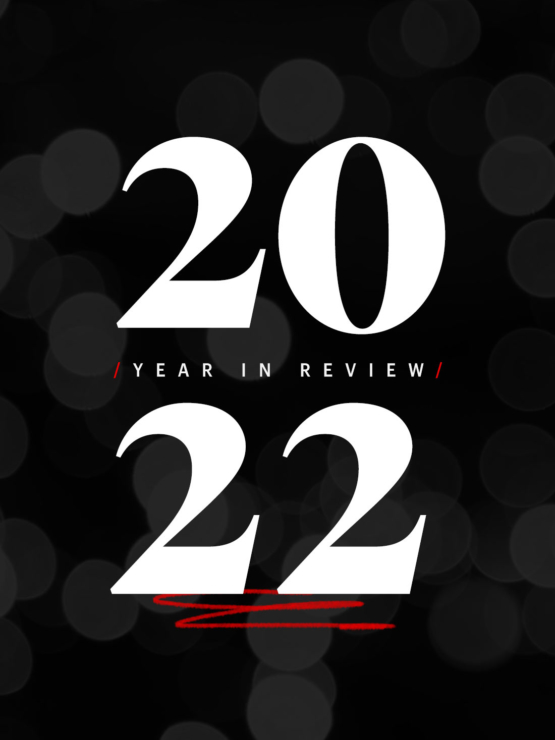One of the truly great parts of our job is that we get to see new ideas at their most infant stage – and, if we’re lucky, we get to help be a part of their growth into something amazing. Having seen our fair share of inception-to-success processes over the years, here are few thoughts that we’ve been able to distill from seeing some great minds (and companies) in action:
1. Ease-in
Despite your desire to launch as the industry-leader, you have to know that it’s OK to start slow. Now trust me, all of my personal instincts also point in the other direction, so I know what you’re going through. I always want to start with everything in order – branding, packaging, etc. so that a company looks legitimate. It’s a nice idea, but it can easily lead you into cart-before-the-horse territory. I’m not saying that you should start-off looking like a joke, but just that testing the waters is a good thing. Our good friends at Steve’s PaleoGoods can attest to the importance of this. Before they were running the paleo empire that you see today, Steve was doing things the old-fashioned way: he was making PaleoKits at home, labeling products himself, and shipping packages out one-at-a-time. It’s easy to look at a company like Steve’s PaleoGoods from the outside and forget (or just not know about) the million little steps that it took to get to where they are today. And those little steps are incredibly important; they not only allow you to truly understand a business before dumping your entire life’s savings into an idea, but they also afford you the luxury of making a ton of little, inconsequential mistakes as opposed to 2 or 3 giant, career-ending ones.
2. Listen to what your audience has to say
The nightmare scenario in launching any new product or service is that you’ve plugged a hole that doesn’t need to be filled. Assuming you’ve done your due diligence to at least identify the need for what you’re launching, there is still a huge opportunity to learn from your audience base. This brand/consumer relationship can take two forms: 1) At the outset, your audience can provide the first official ‘proof of concept’ for what you’re doing. They can validate your idea and give you the confidence that you need to reinvest your time and money. 2) They can help shape your next move. If you’ve developed a piece of software, their feedback will be crucial in determining what works, what doesn’t, and what features they’d like to see. If you have a food product, you can gain insight into what new flavors or varieties your loyalists would be interested in buying. The point is that your army is there to help you – so use them.
3. Businesses are living entities and need to evolve
If there is one overarching lesson we’ve seen from the successful businesses with whom we’ve worked, it’s that constant change is a must. The underlying reason for easing-in and listening to your audience is that no business is change-proof; it’s the one constant that cuts across all industries. Smart businesses know this, and they’re constantly looking (and listening) in an effort to determine where they’re headed next. We’ve seen this ourselves in the years since [wp]’s inception – what our clients are asking for continues to change. What was once much more visual in nature is now far more focused on messaging and brand positioning. I assure you that without an open ear to the needs of our clients, we would absolutely be out of business.
If I can do my best to put this all into a neat little box, it would be this: the very principles that are applied at the start of a business are the same that will keep it alive. Come up with your great idea, ease-in so that you can refine and grow, and listen to your audience so that you’re not moving in the wrong direction. And then repeat that process every six months.




